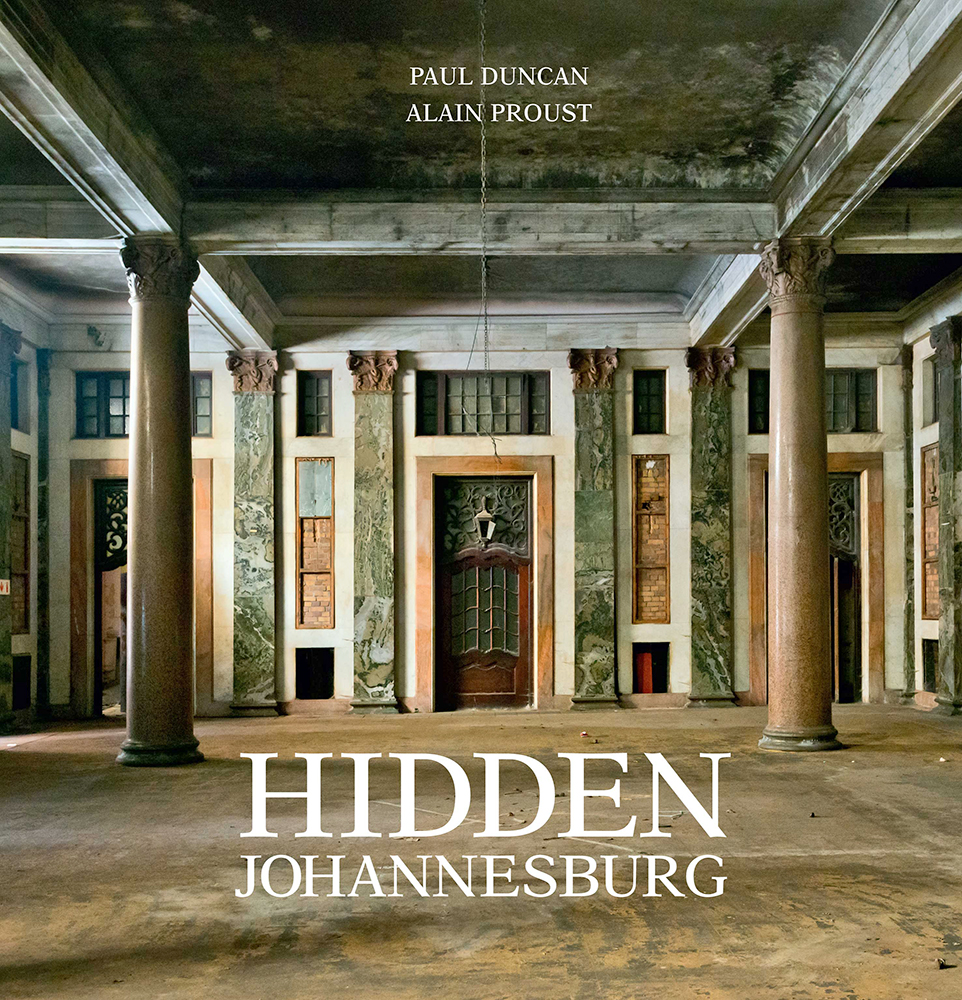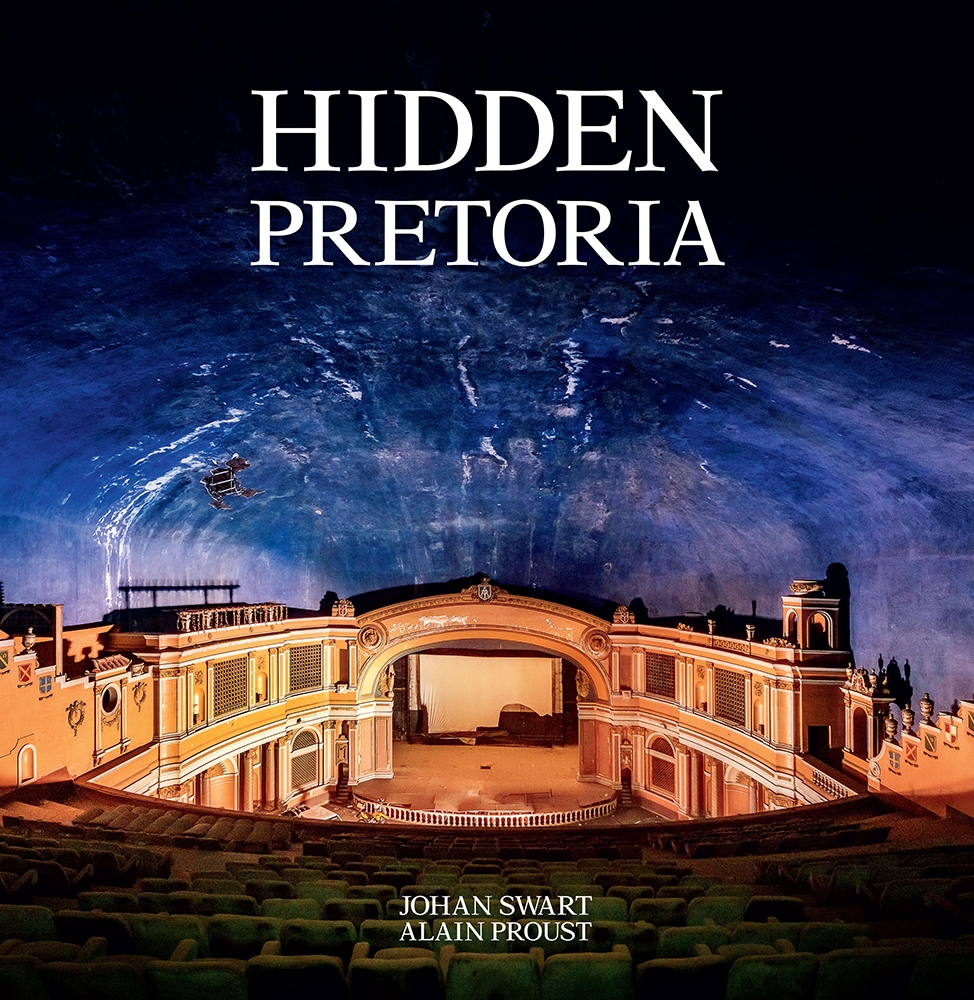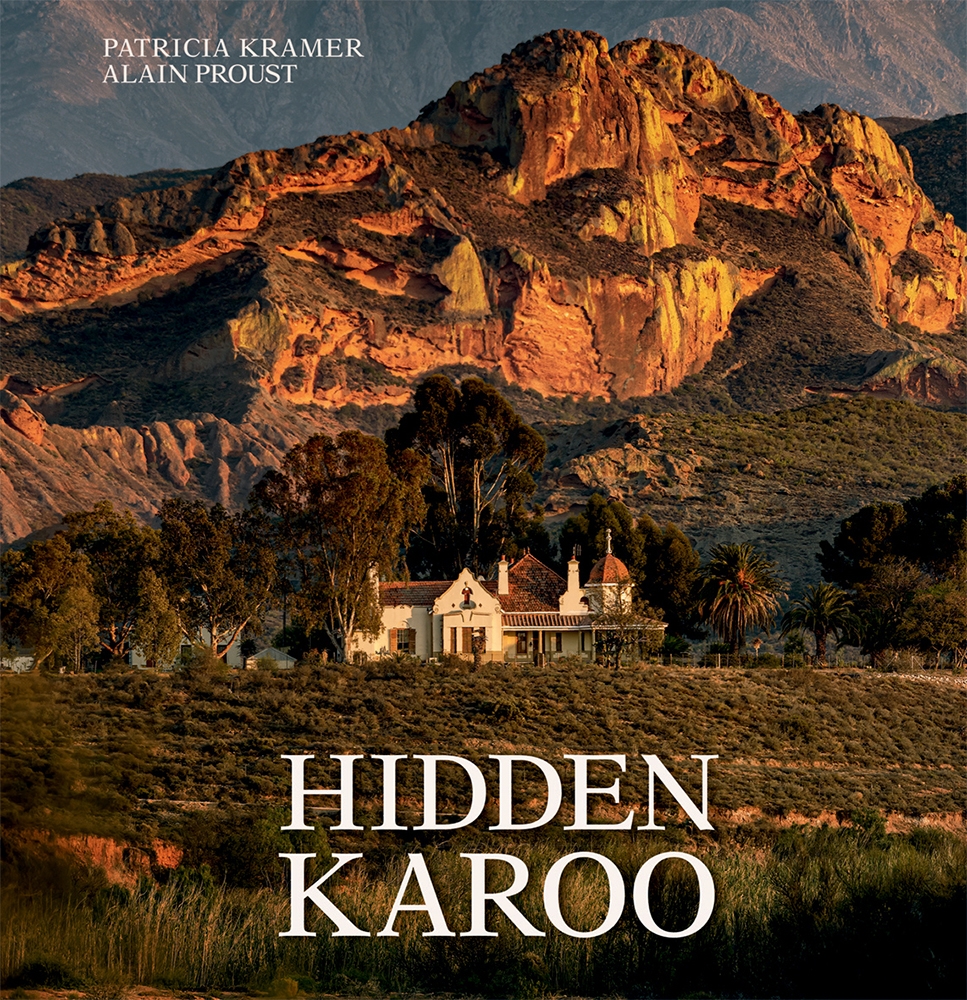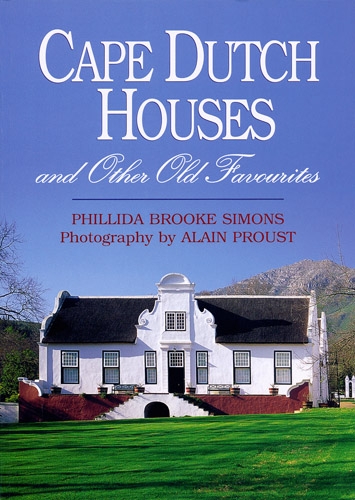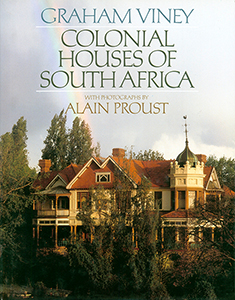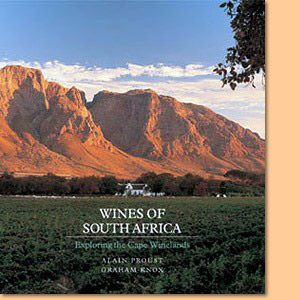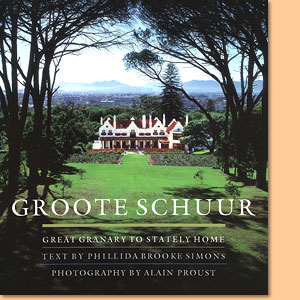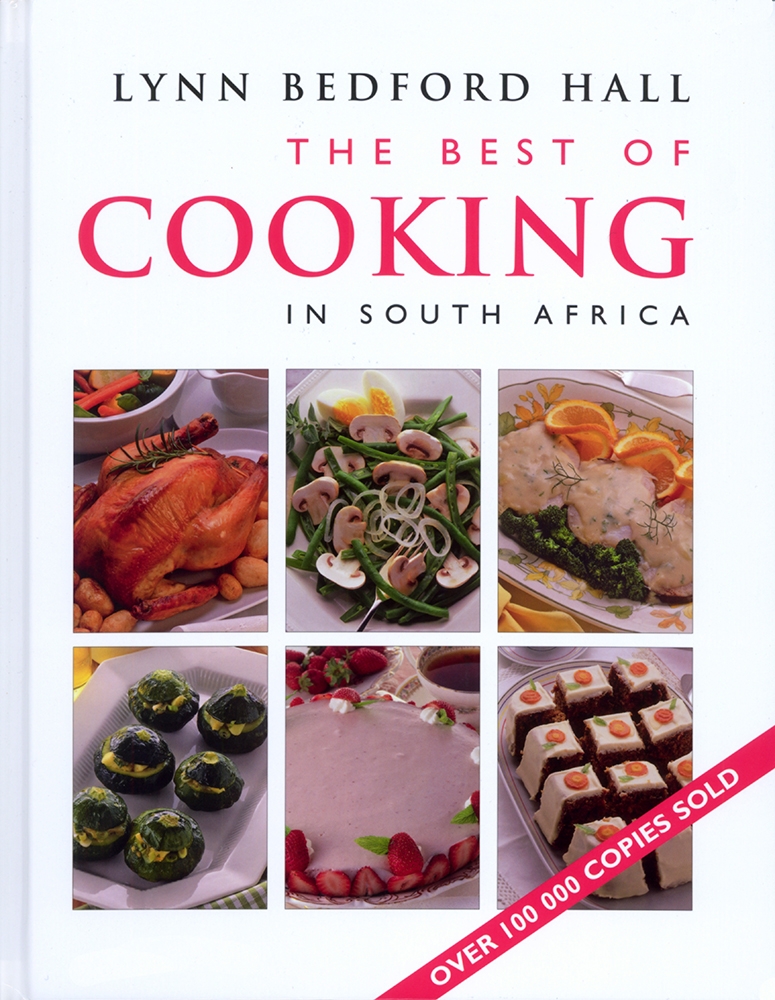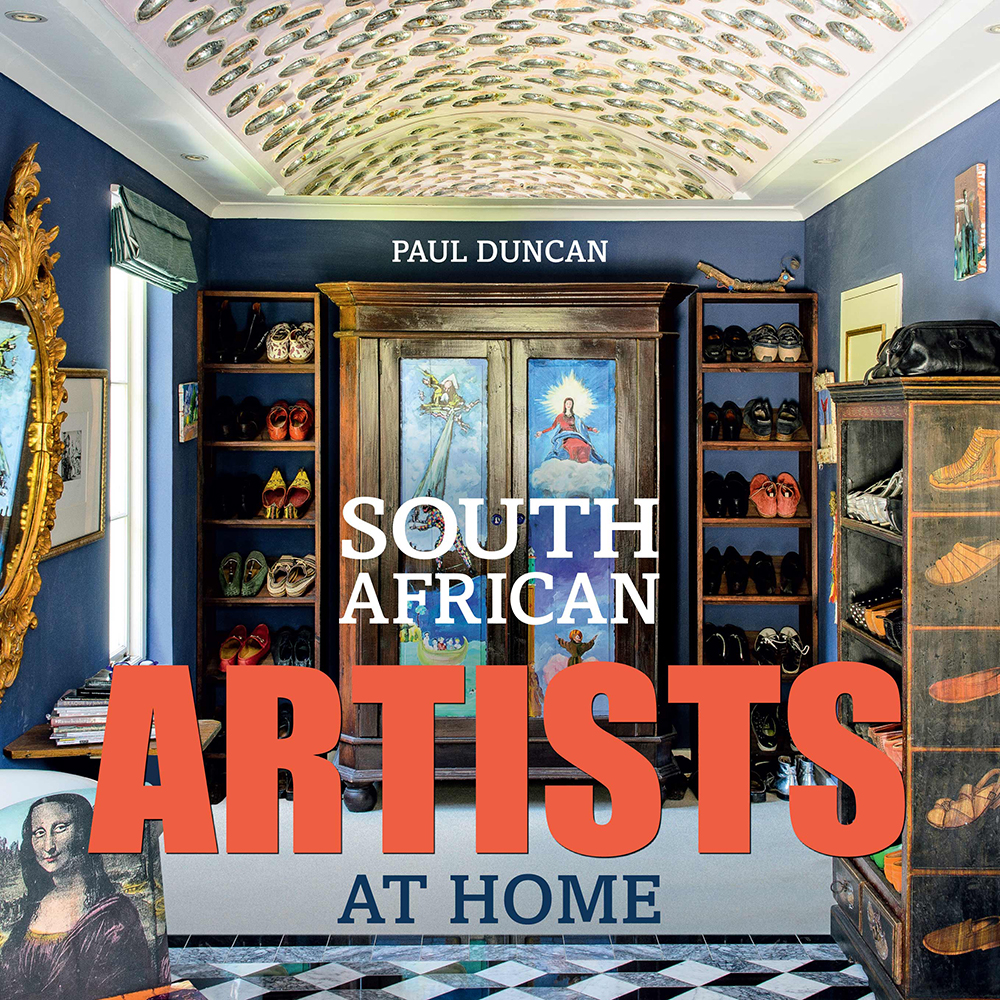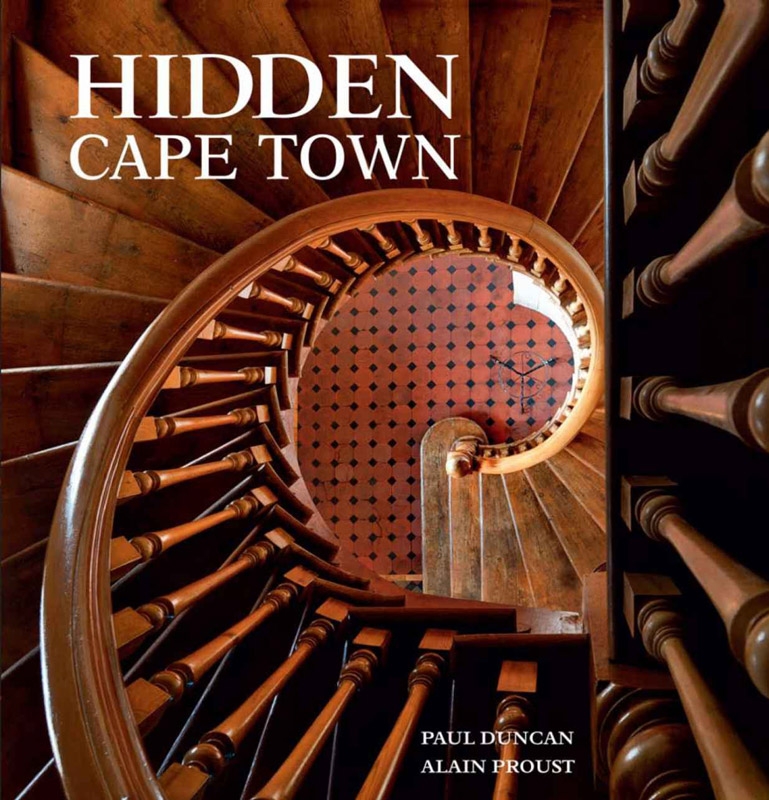Hidden Johannesburg, by Paul Duncan and Alain Proust
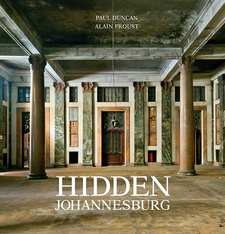
Hidden Johannesburg, by Paul Duncan and Alain Proust. Penguin Random House South Africa (Lifestyle). Cape Town, South Africa 2016. ISBN 9781770079922 / ISBN 978-1-77007-992-2
Paul Duncan's and Alain Proust's book Hidden Johannesburg features 28 culturally and historically significant buildings in South Africa's big city.
THE VIEW: Ridge Road, Parktown
The View could be any of a number of rambling Victorian piles that survive in the suburbs of South Africa's older cities. Typically it has burnt red brick walls and imported wooden fretworked verandah balustrade detail and friezes, deep bay windows, keystones picked out in white, and twin-timbered gables, and there's an ornate roofline. It's actually rather ugly on the outside. It's also a house that sports building materials that were either novel at the time, or of the very best quality or both. But it's not all that remarkable a building - particularly in comparison with its rather grander neighbour, Hazeldene Hall. The View, however, is different from the others. The former home of Sir Thomas Cullman, a bricklayer-turned-prospector and owner of the Premier Diamond Mine, its interiors are, for this country incomparably opulent and have survived, one imagines, partly because Lady Cullinan, who lived in the house until the 1960s, never changed anything. The house has been occupied since 1976 as the headquarters of the Transvaal Scottish Regiment, known familiarly as The Jocks, but the interiors of what is now their clubhouse had become blackened with the smoke of thousands of cigars, and what was once a splendid display of exuberant colour was hidden and forgotten. But they'd survived, and Skye Korck restored them, spending hundreds of hours on a scaffold, like Michelangelo, recolouring and revitalizing friezes, cornices and the ceilings themselves. Brought cleverly back to life, they're significant in that they're the remaining evidence of the once-prestigious backdrop to lives enriched by huge new fortunes in a fledgling city: 'dusty in winter and a quagmire in summer', wrote Flora Shaw in The Times in 1892. The View's interiors, preserved with help from the Lottery Commission, have been restored and are as magnificent now as they must have been when they were first decorated for Lady Cullinan and her husband, the man after whom was named the Cullinan Diamond which came out of the Premier Mine in 1905, Renowned as the largest diamond ever found, Cullinan's gem was presented to King Edward VII and today a portion of it, The Great Star of Africa, forms part of the Sovereign's Sceptre, while the Lesser Star of Africa is in the Imperial State Crown of the British Crown Jewels. These kinds of links are breathtaking, more so because the tangible evidence of their existence is still around for all to examine. The View was built in 1896, designed by Johannesburg's city engineer, Charles Aburrow who, in partnership with Philip Treeby extended it in 1903 to accommodate Thomas and Annie Cullinan's 10 children. Like Hazeldene Hall (also the work of Aburrow & Treeby), The View once had incomparable views over rolling veld north to the Magaliesberg and Pretoria. This was the countryside, and at the time Parktown was chosen for development as a respite from the gritty clamour of the rapidly developing city on the other side of the rocky ridge, replacing dusty Doornfontein as the suburb of the elite. But it wasn't only the distant Magaliesberg that excited its plutocratically prodigal resident Randlords and magnates who, slightly later, went on to employ Herbert Baker, Frank Emley and James Cope Christie to design their stately homes in this dramatic setting. In fact, it looked out over the dense acres of young firs and blue and red gums of the Sachsenwald, planted to supply the mines with props. There was green forest down there where, not long before, it had been only rocky veld and scrubby growth. Who wouldn't want to enjoy the view over what has developed into the largest man-made urban forest in existence?
This is an excerpt from Hidden Johannesburg, by Paul Duncan and Alain Proust.
Title: Hidden Johannesburg
Author: Paul Duncan
Photographer: Alain Proust
Genre: photo book
Publisher: Penguin Random House South Africa (Lifestyle)
Cape Town, South Africa 2016
ISBN 9781770079922 / ISBN 978-1-77007-992-2
Hardcover, 25 x 26 cm, 240 pages, throughout colour photographs
Duncan, Paul und Proust, Alain im Namibiana-Buchangebot
Hidden Johannesburg
Hidden Johannesburg offers delightful photos from the interior of 28 notable buildings and reveals rarely accecible fragments of the city.
Hidden Pretoria
Hidden Pretoria, beyond impressive façades, soaring columns and linear planes of buildings that were intended to convey power and authority, bears light-filled interiors embellished with decorative touches.
Hidden Karoo
Hidden Karoo offers a glimpse into towns and villages, farms and churches, public buildings and private homes, all against a backdrop of awe-inspiring landscapes.
Cape Dutch Houses and Other Old Favourites
In their often magnificent mountain settings, Cape Dutch houses form an integral part of South Africa's varied culture.
Colonial Houses of South Africa
Colonial Houses of South Africa shows 23 houses out of South Africa's past, varying in character, are explored here in depth.
Wines of South Africa. Exploring the Cape Winelands
Wines of South Africa is a visually striking photographic portfolio of the Cape's winelands and a tribute to South Africa's winemakers.
Groote Schuur. Great Granary to Statley Home
In Groote Schuur: Great Granary to Stately Home, Alain Proust's sensitive camerawork guides us around the impressive rooms, alighting here and there on fascinating detail.
The Best of Cooking in South Africa
The Best of Cooking in South Africa is the culmination of many years of testing and tasting and reflects the very best of the author's culinary creations.
Style Icons: Top South African Designers and their Interiors
Style Icons introduces twelve Top South African designers and their most inspiring interiors.
South African artists at home
South African Artists at Home offers an insight into the relationship between creating art and the daily life of an artist within their domestic space.
Hidden Cape Town
A unique look inside thirty of Cape Town’s most notable, often somewhat hidden buildings. Exquisite photography!

